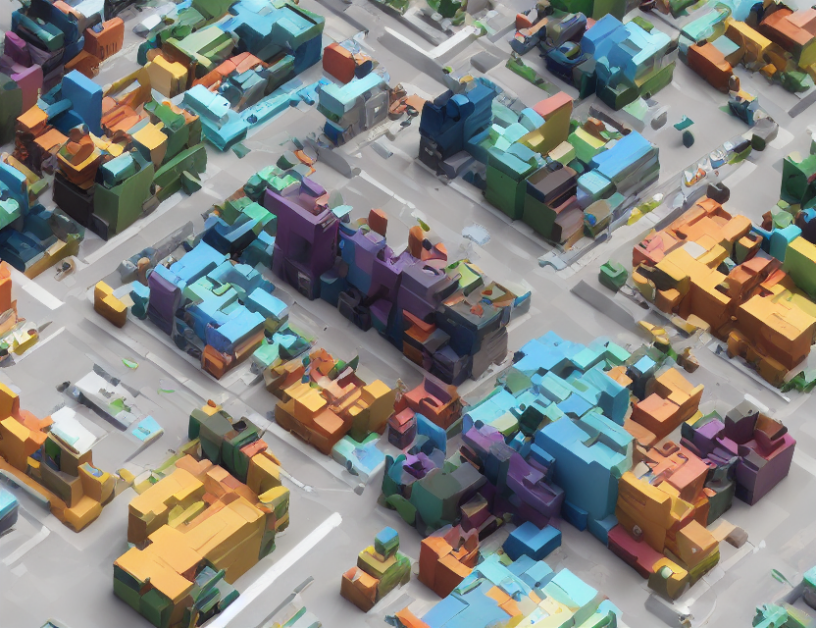Digital audio workstations (DAWs) are essential tools for music production, allowing users to create and edit musical ideas in a clip-based workflow. However, generating music directly in the audio domain can be challenging for users, as they need to tweak model outputs compared to symbolic approaches. To address this issue, researchers have been exploring text-conditioned generative models for audio. These models use natural language or music data to generate musical clips that can be edited and manipulated in the same way as other clips in a DAW.
Language Models for Music Generation
Language models have been used to generate symbolic music in various ways. These models can be trained solely on music data, solely on natural language, or both. For example, Music Transformer [14] uses an LLM-like architecture trained specifically for music generation but is smaller in scale than natural language models, making it less expressive.
Latent Diffusion Models
Latent diffusion models [12, 13] are another type of text-conditioned generative model that have shown promise in generating audio clips from text descriptions. These models use a probabilistic framework to generate audio samples and can be fine-tuned on music data for improved performance. They offer a more controllable and expressive way of generating music compared to other text-to-audio approaches.
Advantages and Challenges
The use of text-conditioned generative models for audio has several advantages, including the ability to generate clips of music from text descriptions, allowing users to create and edit musical ideas more easily, and enabling the creation of complex musical structures through natural language inputs. However, there are also challenges associated with these models, such as the difficulty in generating directly in the audio domain and the need for large amounts of training data to achieve good performance.
Conclusion
In conclusion, text-conditioned generative models have shown great potential in enhancing music production by allowing users to generate musical clips from text descriptions. These models offer a more controllable and expressive way of generating music compared to other text-to-audio approaches. While there are challenges associated with these models, their advantages make them an exciting area of research for musicians and producers alike.



